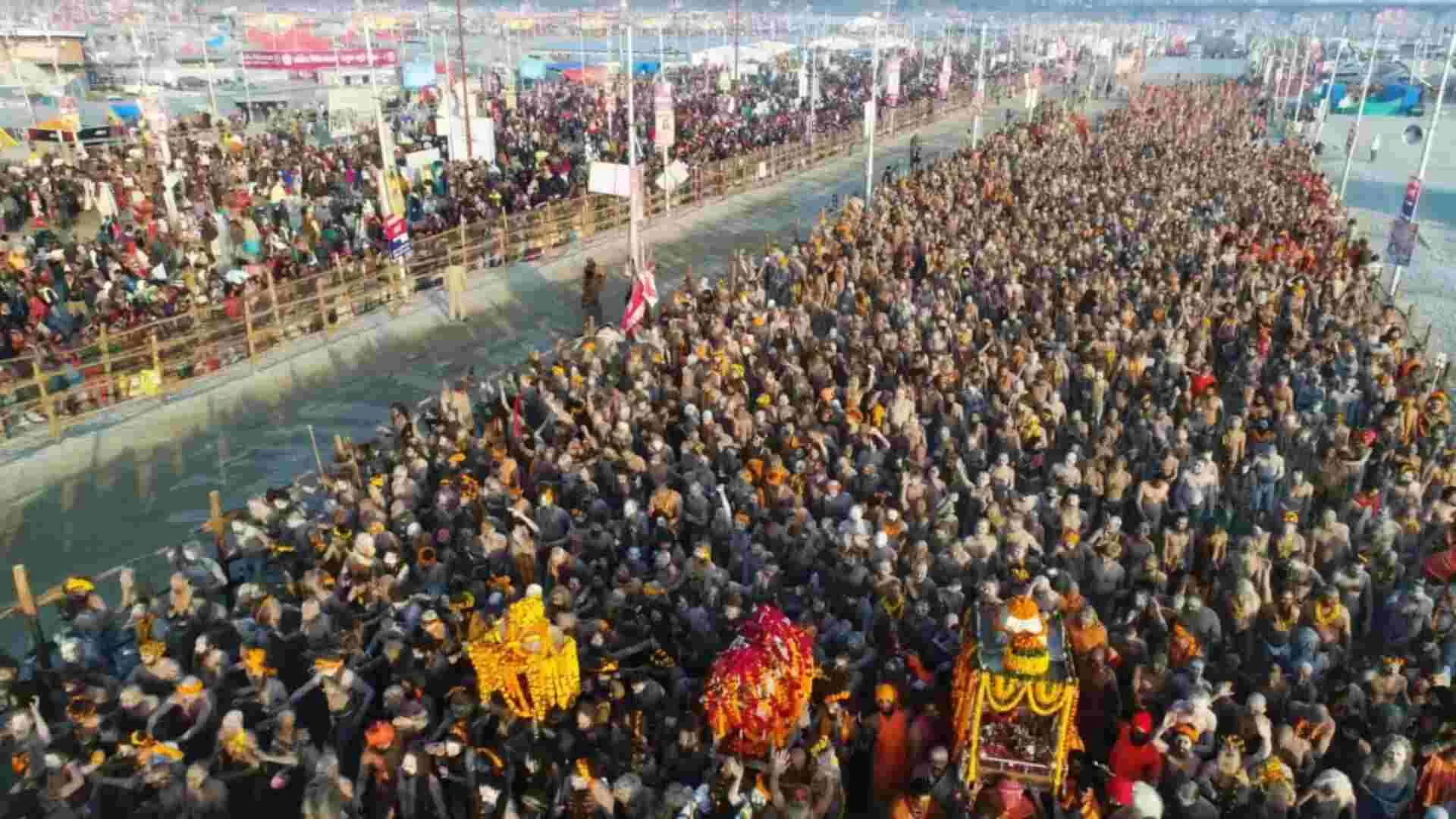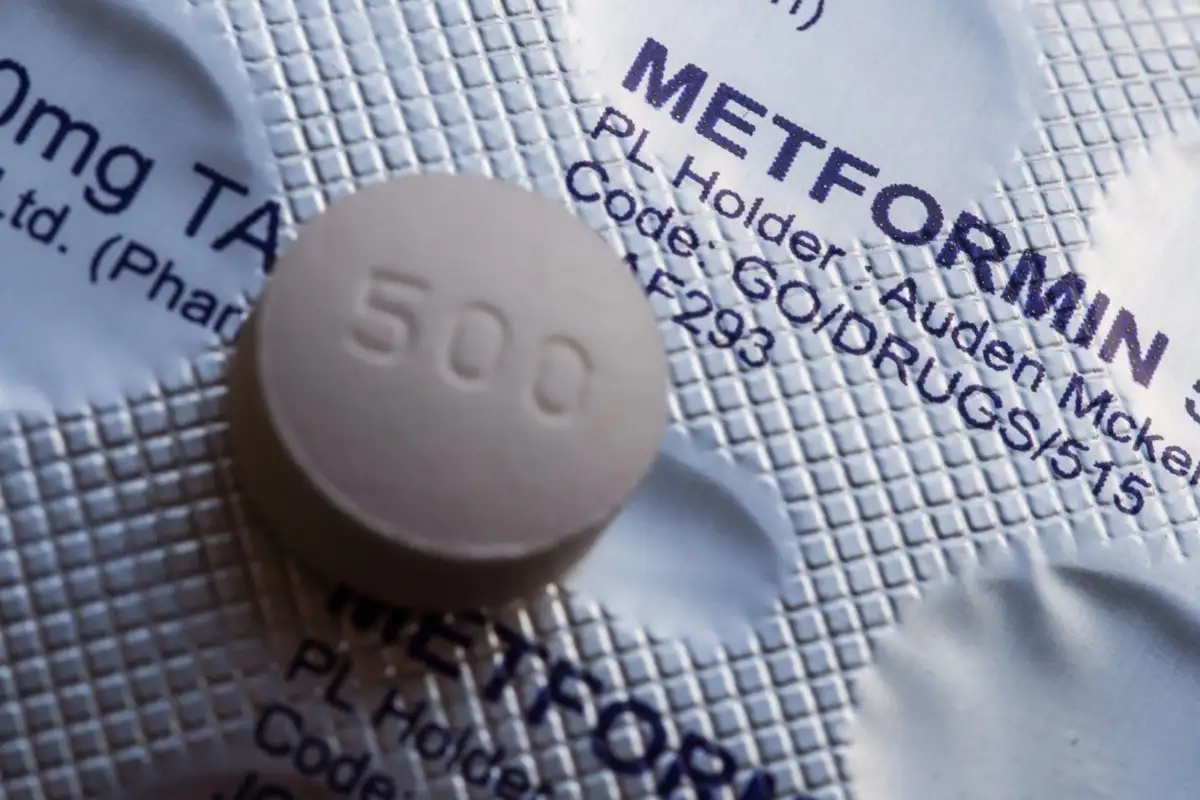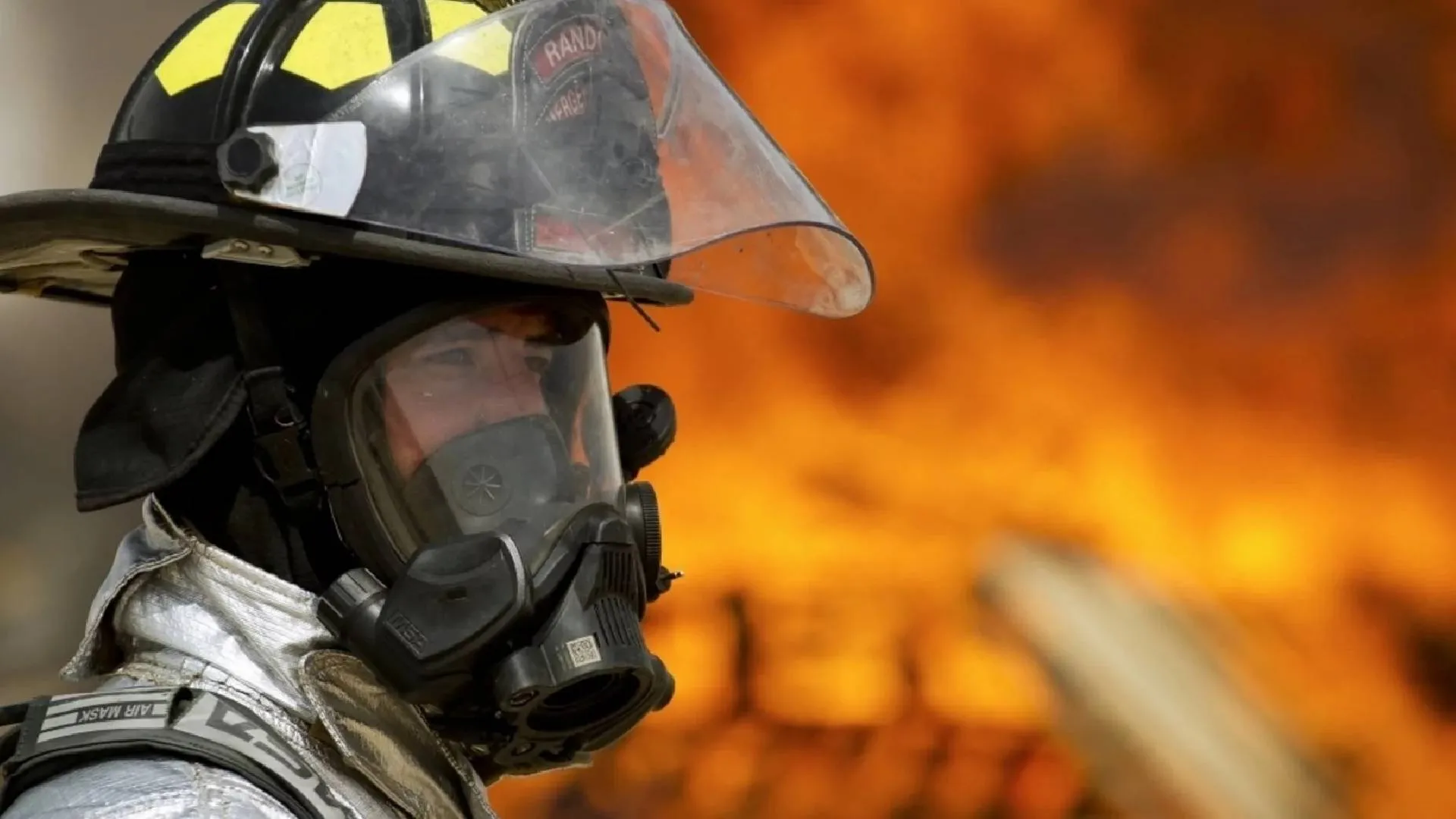With an expected 40-45 crore visitors over 45 days, the Maha Kumbh 2025 is a massive business opportunity. As of the initial days of Paush Purnima and Makar Sankranti, over 5.15 crore devotees have already gathered, showing the event’s scale. Big food chains, private businesses, and corporations are quickly capitalizing on the event, blending commerce with spirituality to engage millions of pilgrims and tourists.
A Global Phenomenon
“The Maha Kumbh is no longer just a religious event; it is a global phenomenon,” said Dr. Nomita P Kumar of Giri Institute of Development Studies (GIDS), Lucknow. She noted how commerce and culture merge seamlessly at the Kumbh, creating new business opportunities.
Expanding Food and Vending Zones
The Mela administration has leased a 100 x 130 ft plot for Rs 1.22 crore, transforming it into a huge food court. Vending zones have also been set up across the 25 sectors of the Kumbh, allowing businesses to set up food stalls, amusement zones, and restaurants. Major brands like Parag, Amul, and Coca-Cola are prominently marketing their products. Smaller kiosks from Mother Dairy, Parle, and Reliance Consumer Products further enhance the culinary offerings. Devotee Sunil Kumar from Delhi praised the diversity of the stalls, saying, “It is heartwarming to see such well-organized stalls offering everything from snacks to dairy products.”
Some areas have been designated as market zones, where vendors can rent units. Rajesh Tiwari from Varanasi described the atmosphere, saying, “This feels like a city within a city. Seeing big brands like Coca-Cola, Domino’s and Dabur here is unbelievable.”
Corporate Engagement
Big companies are taking advantage of the massive footfall at the Kumbh:
- Dabur has set up booths to promote products like Chyawanprash, Honey, and Red Paste.
- ITC runs stalls for Bingo! and Mangaldeep Agarbatti, using augmented reality to offer virtual experiences of Kumbh Snan and Deepdaan.
- NIINE is distributing free sanitary pads for women, collaborating with the NGO Vatsalya.
- ICICI Bank has opened a temporary branch offering services such as currency exchange, fund transfers, and forex. A mobile ATM van operates daily, with pilgrims like Sunil Kumar calling it “a lifesaver.”
- Bank of Baroda has launched its UPI payment app, Bob Epay, targeting tech-savvy pilgrims.
Economic Impact and Marketing Spend
The Confederation of All India Traders (CAIT) estimates that the Maha Kumbh 2025 will generate a Rs 2 trillion business. Over 40 crore visitors are expected by the event’s end. Brands will spend between Rs 1,800 crore and Rs 2,000 crore on advertising, including hoardings, banners, LED displays, and mobile apps. Dr. Kumar remarked, “Kumbh has evolved into a hotbed for innovative marketing, offering a unique platform to showcase products.” Brands like ITC and NIINE are making a lasting impression, especially on women pilgrims.
Engaging Pilgrims
Brands are using creative strategies such as branded lounges, virtual reality zones, and social media campaigns to engage pilgrims. Collaborations with local dhabas and spiritual-themed product packs enhance brand visibility. Aditya Birla Sun Life AMC launched a targeted campaign in Uttar Pradesh, capitalizing on the Kumbh’s reach.
Conclusion: A Unique Blend of Faith and Commerce
The Maha Kumbh 2025 highlights both India’s cultural and spiritual heritage and its economic potential. The event successfully combines spirituality with business, making it an essential platform for both religious devotion and commercial opportunities.























